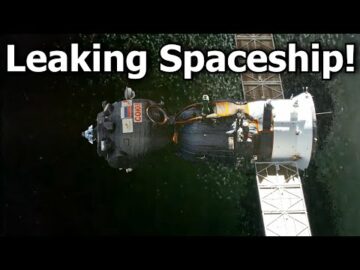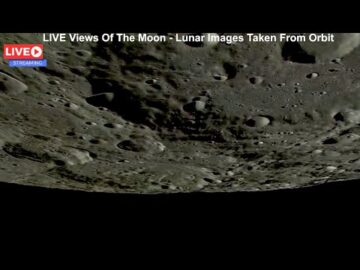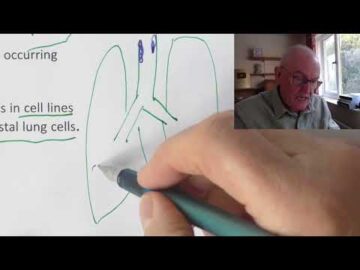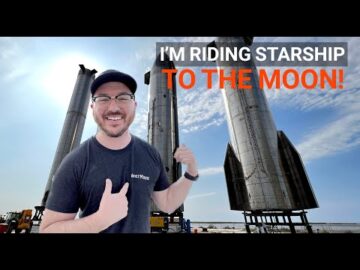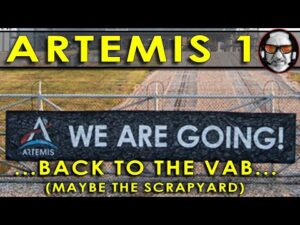As I watched the delivery of the Tesla Semi to Pepsico, there was a critical moment. The critical moment was when Elon said that Tesla could charge a one-megawatt-hour battery in 30 minutes. This would take nearly a week using a regular charger installed at your house. By deduction, this meant that Tesla megachargers will have to be connected to electrical grid substations.
It also meant that in order to reduce strain on the electrical grid with many semi trucks charging, Tesla and Semi customers will be forced to use Megapacks to buffer the electrical grid. This means perhaps a Megapack for every ten Semi trucks. Tesla could connect at some level with ten of thousands of volts and then store power in Megapacks for even faster delivery. Level 4 superchargers will be delivering the power that would be equal the usage of thousands of homes into fastly charged trucks.




Elon Musk and Tesla have talked about Tesla energy becoming larger than the car business. Currently, Tesla energy is only 10% of Tesla revenues. How will Tesla Energy grow more than fives times versus the over 50% per year growth rate of the Tesla car business?
It turns out the scaling of the Tesla Semi will be critical for Tesla Energy to reach terawatt hours of scale. It is also a critical component of Master Plan 3.
In March 2022, six years after Master Plan part 2, Musk announced that he is working on a Tesla Master Plan Part 3. Master Plan part 1 was about Roadster and Model S. Master Plan Part 2 was about Model 3 and Y and self driving. Master Plan Part 3 is all about achieving very large scale. In order to shift the entire energy infrastructure and transport infrastructure of earth, there has to be a very high scale.
China’s battery makers have made huge investments in lithium-iron batteries. They have put about $200 billion into factories to scale from 600 GWH/year of batteries this year to 2 Terawatt hours of batteries in 2025. There will be about 500 GWh to 1 TWh of batteries from non-China sources by 2025. This battery production will more than double by 2030.
50 million electric cars per year would need about 2 terawatt hours of batteries. Adoption might be that fast by 2025 but there are only about 8 million electric cars produced in 2022. We would have to almost double each of the next three years 15M in 2023, 30 million in 2024 and 50 million in 2025.
There will be extra batteries in 2025 of 500 to 1500 GWh. The Semi trucks use a lot of batteries. About 850 kwh for Tesla 500 mile range truck and 510 kwh for the 300 mile truck. Tesla said they want 40,000 per year in 2024. This would need nearly all of the 40 GWh made in Nevada’s Panasonic plant. going to 200,000 trucks per year would need almost 200 GWh/year of batteries.
The 1-2 megawatt per hour charging rate that Tesla described for supercharger 4 would require Tesla to place supercharger 4 stations at main electrical trunk lines where electrical substations are located.
The megapacks with 3.9 mwh of storage in a shipping container would only be able to charge four to eight trucks before needing to be fully recharged. there will be a need for about one megapack for every 10 semi trucks. The megapacks will needed at the new charging stations and to buffer the electrical grid.
40,000 semi trucks could require about 4000 Megapacks.
The trucks and mega charging stations will get Tesla energy ramping to its first terawatt hours of demand.

Twitter Space tomorrow:
— nextbigfuture (@nextbigfuture) December 5, 2022
Brian Wang este un lider gânditor futurist și un popular blogger științific, cu 1 milion de cititori pe lună. Blogul său Nextbigfuture.com este clasat pe locul 1 pe Știrile știrilor. Acoperă multe tehnologii și tendințe perturbatoare, inclusiv spațiu, robotică, inteligență artificială, medicină, biotehnologie anti-îmbătrânire și nanotehnologie.
Cunoscut pentru identificarea tehnologiilor de vârf, el este în prezent co-fondator al unui startup și strângere de fonduri pentru companii cu potențial ridicat în faza incipientă. El este șeful cercetării pentru alocări pentru investiții în tehnologie profundă și un investitor înger la Space Angels.
Vorbitor frecvent la corporații, a fost vorbitor TEDx, vorbitor al Singularity University și invitat la numeroase interviuri pentru radio și podcast-uri. El este deschis vorbirii publice și consilierii angajamentelor.



